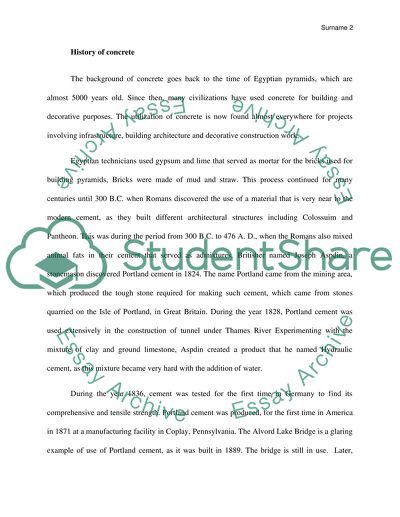Cite this document
(“Concrete Case Study Example | Topics and Well Written Essays - 3750 words”, n.d.)
Concrete Case Study Example | Topics and Well Written Essays - 3750 words. Retrieved from https://studentshare.org/engineering-and-construction/1668184-concrete
Concrete Case Study Example | Topics and Well Written Essays - 3750 words. Retrieved from https://studentshare.org/engineering-and-construction/1668184-concrete
(Concrete Case Study Example | Topics and Well Written Essays - 3750 Words)
Concrete Case Study Example | Topics and Well Written Essays - 3750 Words. https://studentshare.org/engineering-and-construction/1668184-concrete.
Concrete Case Study Example | Topics and Well Written Essays - 3750 Words. https://studentshare.org/engineering-and-construction/1668184-concrete.
“Concrete Case Study Example | Topics and Well Written Essays - 3750 Words”, n.d. https://studentshare.org/engineering-and-construction/1668184-concrete.


